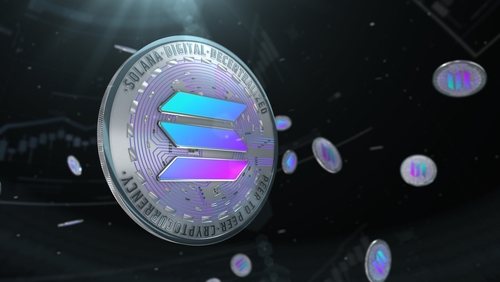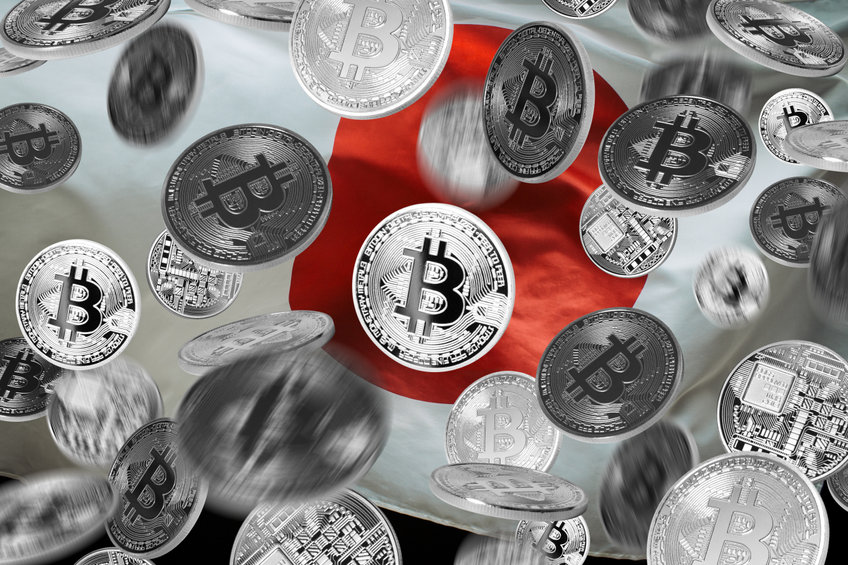
The crypto market was mostly in the red over the past 24 hours, as the majority of top 10 cryptos were seen lower or flat at time of writing.
Top cryptos
Bitcoin registered moderate losses, dropping below $30,000 at time of writing. Cardano shed almost 7% of its value, rapidly reversing recent gains.
Cryptos outside the top 10 registered moderate losses, up to -4% for Litecoin.
Top movers
Outside the top 20, the tendency was similar, with most coins losing 2-5% of their value. Notable standouts include Loopring with -7% and Stepn’s GMT with -6%.
On the other end, the only discernible gainers are Bitcoin Gold, which added 3%, and Bitcoin SV, up 6%.
The Bitcoin SV Technical Standards Committee appointed and reappointed five members for their leadership skills and their key knowledge of the Bitcoin SV blockchain. A listing on the crypto exchange Latoken is also coming up for the protocol.
VeChain is up less than 1% despite yesterday’s news that it has become the UFC’s first official Layer 1 blockchain partner.
Trending
The biggest winner today is the token of Tenset, a dynamically growing blockchain project that sees itself as a bridge between the traditional stock market and the crypto market.
Tenset uses an intelligent staking method and a new-generation ETF 2.0 deflationary token. Its token is up 651% today.
The post Highlights June 10: VeChain flat despite becoming official UFC blockchain partner appeared first on CoinJournal.




